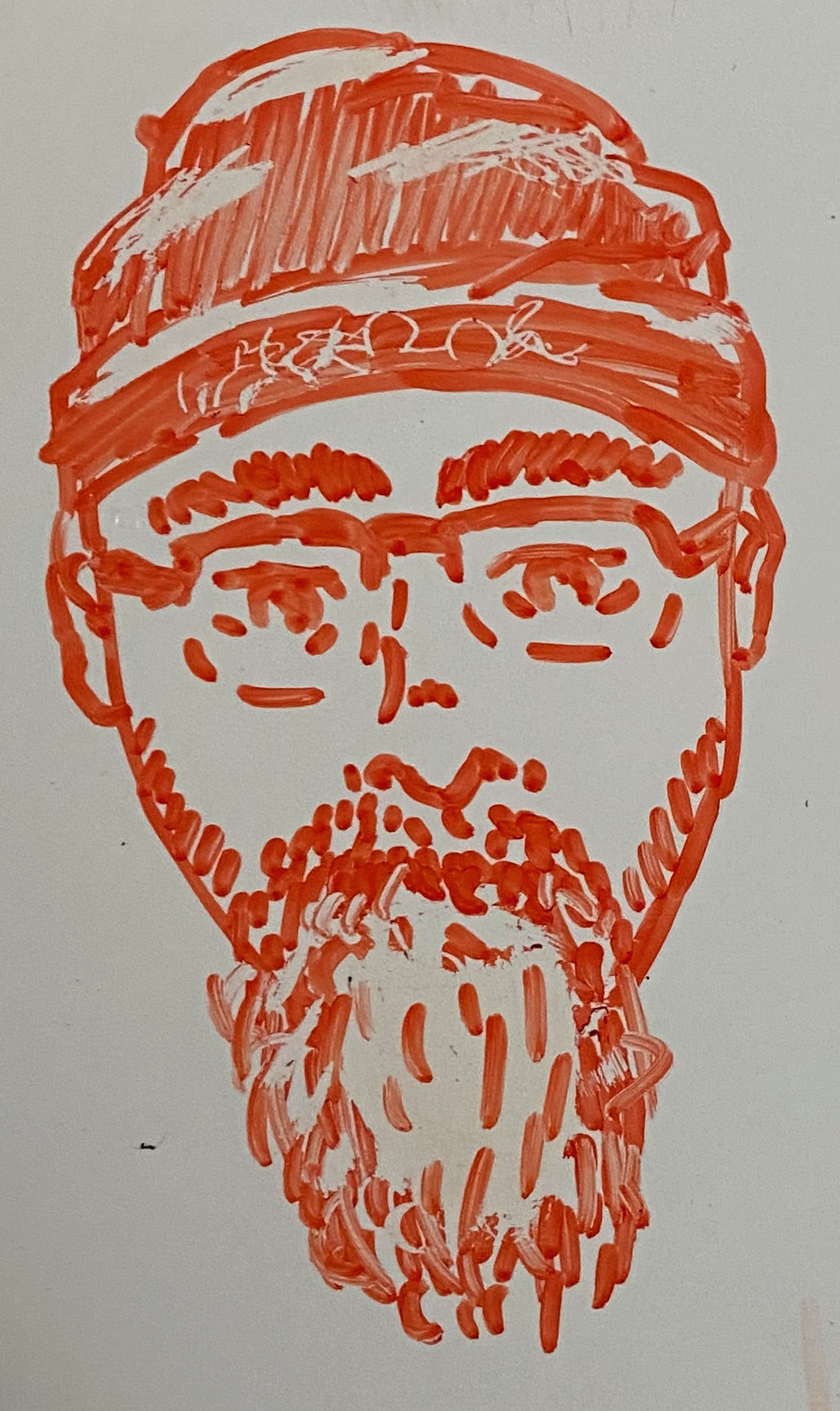Assignments 5 & 7 Solutions
(Dec 7)
Solutions to Assignment 5 have been posted, as have solutions to Assignment 7.
Assignments 3 & 4 Solutions
(Dec 4)
Solutions to Assignment 3 have been posted, as have solutions to Assignment 4.
Assignment 8
(Nov 25)
Assignment 8 has been posted.
Assignment 2 Solutions
(Nov 24)
Solutions to Assignment 2 have been posted.
Assignment 7
(Nov 19)
Assignment 7 has been posted.
Assignment 1 Solutions
(Nov 12)
Solutions to Assignment 1 have been posted.
Assignment 5
(Oct 29)
Assignment 5 has been posted.
Assignment 4
(Oct 22)
Assignment 4 has been posted.
Assignment 3
(Oct 15)
Assignment 3 has been posted. We will cover the material you need to complete the assignment in Thursday’s class.
No Class Oct 14
(Oct 13)
There is no class on Oct 14, as I have a doctor’s appointment that cannot be moved. Please read Sections 6, 7 & 8 in The Simplex Algorithm.
Assignment 2
(Oct 9)
Assignment 2 has been posted.
Extra Office Hours Monday
(Sep 28)
Since Tuesday is a holiday, I will hold off-schedule office hours this Monday (Sep 29), from 2pm to 4pm.
Office Hours Online Today
(Sep 26)
Office hours on Sep 26 (today) will be held online. If you started to work on the assignment and have questions, please reach out on Teams and we can have a video chat.
Assignment 1
(Sep 24)
Assignment 1 has been posted.
Start of Term
(Sep 22)
Classes will start on Sep 23, 2025.
